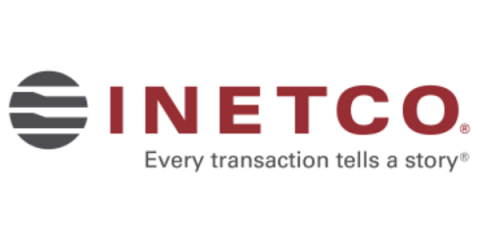Security | Threat Detection | Cyberattacks | DevSecOps | Compliance
Security
Go cloud or go home: the advantage of cloud-delivered cybersecurity
It seems as if everything is happening in the cloud now — whether I’m sharing a document with a colleague or backing up family photos. This is happening in cybersecurity as well, where the storage flexibility and computing power of the cloud have enabled new ways to secure organizations.
Cloud Auto-Remediation and Enforcement with Tripwire Configuration Manager
Determining the security posture for an increasing quantity of cloud accounts and services used by many organizations can feel overwhelming, but Tripwire Configuration Manager can help you find, fix, and even enforce settings for common security problems in cloud services. In this blog, we will show how the simple steps required to have Tripwire Configuration Manager automatically fix common configuration issues.
The Next Disruptive ICS Attacker: A Disgruntled Insider?
Often, the most critical threats come from within an organization itself. This is true for all sectors, but it is especially true for industrial control systems (ICS). Technicians in these environments already have access to plant controls and may have the deep knowledge of industrial processes needed to achieve specific goals. The damage caused by an insider may range from mild disruption to major disaster depending on what is attacked.
What Are the Key Challenges Facing IT and OT?
The events of 2020 accelerated many organizations’ efforts to converge their information technology (IT) and operational technology (OT) environments. Now that they’re immersed in this journey, some organizations are finding that it’s not quite as smooth as they were expecting. They’re learning that they need to overcome several challenges if they hope to leverage the IT-OT convergence as part of their ongoing digital transformations. That raises some important questions.
The Achilles heel of IT Security Defensive Measures: Log File Manipulation by authorized personnel. "Trust is good but Verification is better"
Report Shows AEC Firms Face Greater Risk of Ransomware
The AEC industry is very familiar with good risk management. Whether it is managing safety risk, financial risk, legal risk, or project risk, AEC firms are adept at identifying, prioritizing and mitigating risk. Today, the risk of ransomware seems high, with a steady stream of news stories about the latest company to fall victim to an attack. But is it high for everyone in every industry?
Developing Secure Web Applications: 6 Best Practices
When businesses think about maintaining cybersecurity, the first thing that comes to mind is often endpoint and network security. However, web application security is becoming increasingly important. There have been numerous high-profile attacks on web applications in recent years; in 2020, for instance, the Twitter accounts of famous people were compromised as part of a bitcoin scam.
Cloud Data Protection: What You Need to Know
It’s no surprise that cloud adoption continues to be a major force impacting organizations today. A 2020 McKinsey survey indicated that many organizations saw several years worth of digital transformation take place in 2020. An IDG survey, which we referenced in our Securing Best of Breed SaaS Applications webinar, suggested that 95% of organizations expect to be partly or fully in the cloud by the end of 2021, with almost half the applications used by their workforce being SaaS or open source.
Credit Card Fraud Detection: Keeping Payments Safe with Machine Learning
Imagine, it’s a Saturday morning and you receive a call from a bank: – Hello? – Hi [insert your name], we suspect that a fraudster is trying to use your card at a grocery store in Texas. – Well, I am at a grocery store in Texas! – Oh my gosh! Do you see him? If only credit card fraud was funny.









